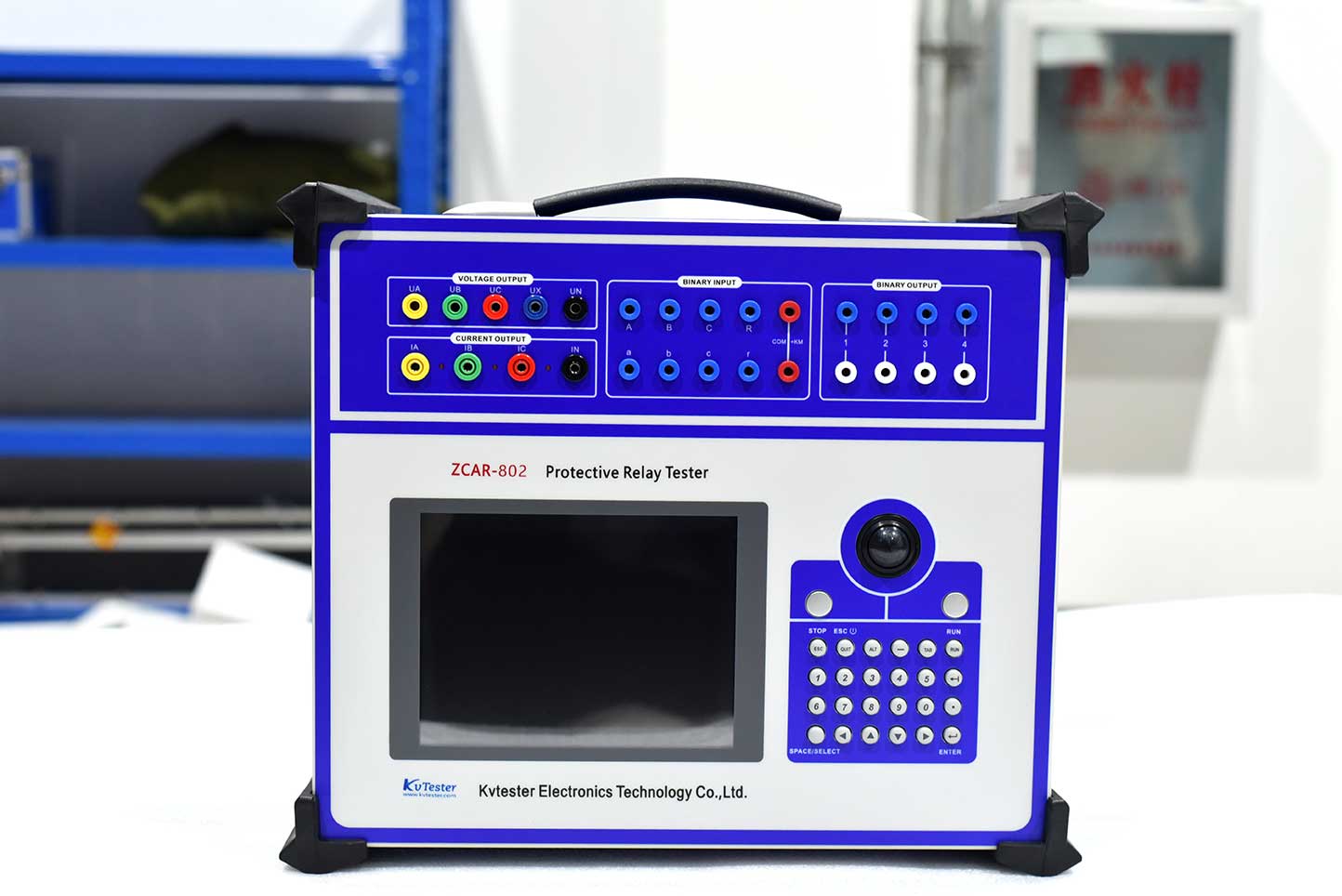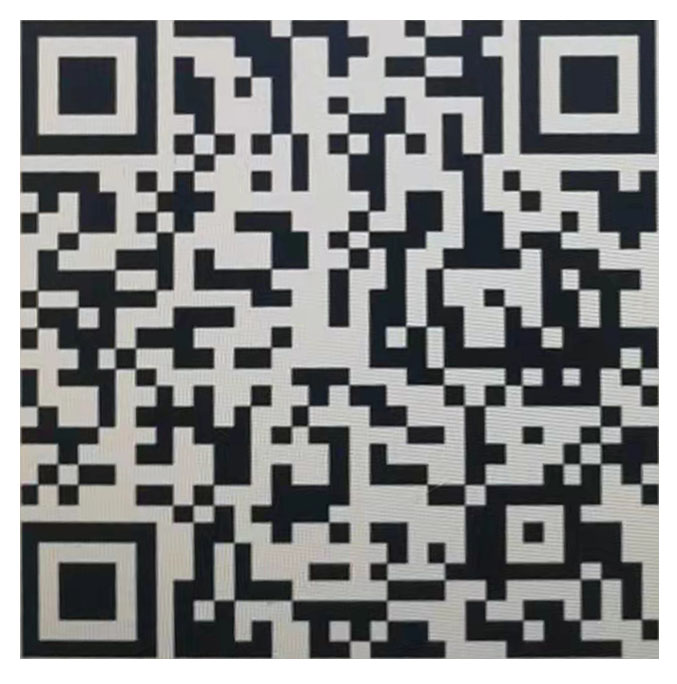The safety precautions for relay protection testers are key to ensuring the safety of testers, equipment, and power systems. The following are detailed safety precautions, which are explained in the following points:
1. Safety preparation before operation
① Equipment inspection
Confirm that the appearance of the tester is not damaged, and the wiring terminals are not loose or corroded.
Check whether the power cord and test cord are intact, without exposed metal or insulation damage.
Ensure that the tester is well grounded and the grounding resistance meets the requirements (usually ≤ 4 Ω).
② Environmental inspection
The testing environment should be dry, ventilated, and avoid damp or flammable and explosive environments.
Ensure that the testing area is free from the risk of short circuits caused by metal debris, conductive liquids, etc.
③ Preparation of tested equipment
The tested relay protection device should have been powered off and isolated to ensure no voltage input.
Confirm that there is no short circuit or grounding fault in the secondary circuit of the tested equipment.
2. Safety regulations during operation
① Wiring safety
Before wiring, it should be confirmed that both the tester and the tested equipment have been powered off.
Strictly follow the instructions of the tester to connect the test line and avoid misconnecting the voltage/current output terminals.
After the wiring is completed, check again whether the wiring is secure to avoid false connections or looseness.
② Output control
Before outputting the tester, it should be confirmed that the output range and type (voltage/current) match the device being tested.
It is strictly prohibited to output beyond the range to avoid damaging the tested equipment or tester.
During the output process, it is forbidden to touch the exposed part of the test line to prevent electric shock.
③ Function usage
When using functions such as harmonic output and fault simulation, it is necessary to first understand the tolerance of the tested equipment.
It is prohibited to conduct direct testing on live equipment to avoid equipment misoperation or damage.
④ Communication and Software
When operating online through a PC, ensure that the software version is compatible with the tester to avoid data errors.
It is prohibited to modify test parameters arbitrarily during the testing process to avoid misoperation.
3. Post operation safety measures
① Equipment power outage
After the test is completed, the power supply of the tester should be immediately turned off and all test lines should be disconnected.
After confirming that there is no residual voltage on the tested device, proceed to the next step of operation.
② Equipment storage
The tester should be stored in a dry and ventilated environment, avoiding high temperatures, humidity, or corrosive gases.
When stored for a long time, the equipment status should be checked regularly to ensure that there is no aging or damage.
③ Data recording
After the test is completed, the test data and report should be saved for subsequent analysis and traceability.
Regularly backup test data to prevent data loss.
4. Special scenario safety precautions
① On site testing
During on-site testing, warning signs should be set up to prevent unrelated personnel from approaching the testing area.
The tester should be placed on a stable and flat surface to avoid tipping or falling.
② Multi device collaborative testing
When the tester works in conjunction with other devices such as oscilloscopes and power analyzers, it should be ensured that each device is well grounded to avoid ground loop interference.
Do not connect the grounding terminal of the tester to the signal terminals of other devices to prevent short circuits.
③ High voltage testing
When conducting high-voltage testing, protective equipment such as insulated gloves and goggles should be worn.
The tester should have overvoltage protection function to prevent accidental high-voltage output.
5. Emergency situation handling
① Equipment abnormality
If the tester emits smoke, odor or abnormal sound, the power should be immediately cut off and professional personnel should be contacted for maintenance.
Do not disassemble the tester by yourself to avoid further damage.
② Electric shock accident
If an electric shock accident occurs, the power should be immediately cut off and emergency calls should be made.
Before testing, one should be familiar with first aid measures such as cardiopulmonary resuscitation (CPR).
6. Safety training and qualifications
① Operator Qualification
Operators should receive professional training and be familiar with the operating procedures and safety regulations of the testing equipment.
Unauthorized personnel are prohibited from operating the testing device.
② Regular training
Regularly organize safety training, update operating procedures and safety knowledge.
After updating the testing instrument software, it is necessary to promptly learn the safety precautions for new functions.
7. Summary
① Prevention first: The core of safe operation is prevention, and it is necessary to strictly follow the operating procedures to avoid the mentality of taking chances.
② Double check: Before wiring and output, double check the parameters and wiring to ensure accuracy.
③ Safety first: Any operation must be based on safety, avoiding neglecting safety in pursuit of efficiency.
By following the above safety precautions, the risks during the use of relay protection testers can be minimized to ensure a safe and efficient testing process.

ZCAR-802 microcomputer relay protection tester is an important test tool to ensure the safety and reliability of power system operation.adopted modern latest new digital technology, high precision electronic parts, micro system with new circuits and new structure.It Can independently complete test of microcomputer protection, relay protection, excitation, measurement, fault recording and other professional fields tests, widely used in electric power, petrochemical, metallurgy, railway, aviation, military and other industries of scientific research, production and electrical test site.
Kvtester Electronics Technology Co.,Ltd. is a high-tech enterprise specializing in power testing, testing, research and development, production, and sales of testing equipment. It has been engaged in the electrical testing industry for many years, and its products are of high quality. We welcome customers to come and purchase. Service hotline: 0086-27-81778799, to learn more, visit the official website: www.kvtester.com





